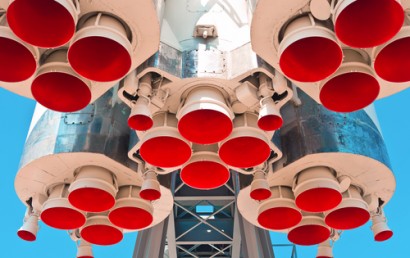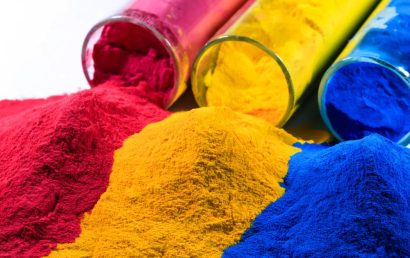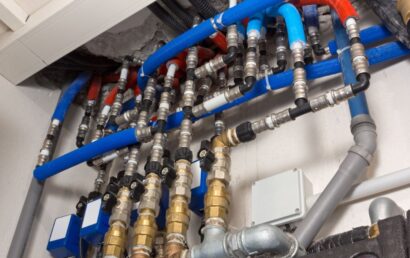What You Need To Know About Metallizing Compressor Cylinders
When it comes to natural gas compressor cylinders, there are a couple of ways in which to prepare them. Either through a relining process or a metallizing process.
In many cases, the most highly recommended fix is by metallizing compressor cylinders. In this application, to your natural gas compressor cylinder’s running bore, a coating is applied.
Reasons for metallizing compressor cylinders include lower cost versus relining, increased lifespan, increased durability, and more. Before making a decision to reline it, consider metallizing a compressor cylinder to recondition the bore.
Metallizing Compressor Cylinders – the Process
Metallizing process equipment allows for a desirable, extremely precise thickness of coating in the running bore. The process uses a material atomizing electric arc system to melt the spray. To deposit it onto the substrate, compressed air is used. Various spray materials can be chosen from the following:
- Aluminum
- Brass
- Carbon steel
- Babbitt
- Stainless… and others
The service field of the compressor or the application can have everything to do with which material you choose. Typically, stainless steel material is chosen for compressor cylinders.
Applied over the bond, the metallizing process involves a combination nickel and aluminite deposit (in certain percentages) with a precise coating thickness. The compressor cylinder, to allow for placement later, is then sprayed under size. For the honing process, enough finish material needs to be left – this is the reason for undersize spray.
Following this, to the appropriate RMS finish and particular finishing size, the piece would then be honed.
Benefits
The following benefits can be realized through metallizing compressor cylinders:
- Through metallizing, no volatile organic compound emissions will be created.
- Since dry time and cure time don’t exist, there is a significant increase to fabricator throughput.
- Zinc is often used for this process and is a recyclable material.
- The metallized surface temperature never exceeds 250 to 300°F. Therefore, the risk of weld damage and steel distortion are minimal. These could be definite side effects of high temperatures and overheating, otherwise.
- There are no size limitations. This is because the number of field splices needed is lessened compared to galvanized members.
Once your compressor cylinders are metallized, you will notice lowered maintenance and, when the compressor is running, increased durability. Of course, a process such as this should be done by a technician with the knowledge and experience to do the job right. Where can you turn for such services?
For Metallizing, Turn To A&A Coatings
At A&A Coatings, we are happy to not only metallize your compressor cylinders but to explain to you any additional processes that may benefit your business (and are probably already being used in your industry).
For decorative or functional purposes, we can use electric arc spray processes with our metallizing technique. The numerous processes we offer, however, can be used to coat seemingly unlimited components, parts, services, etc. For nearly every industry, somewhere along the line, there is a use for coatings and thermal spray.
We have knowledgeable and experienced staff members standing by to answer your questions and, when you’re ready, help you make an appointment for a thermal spray application. Start saving time and money today!



